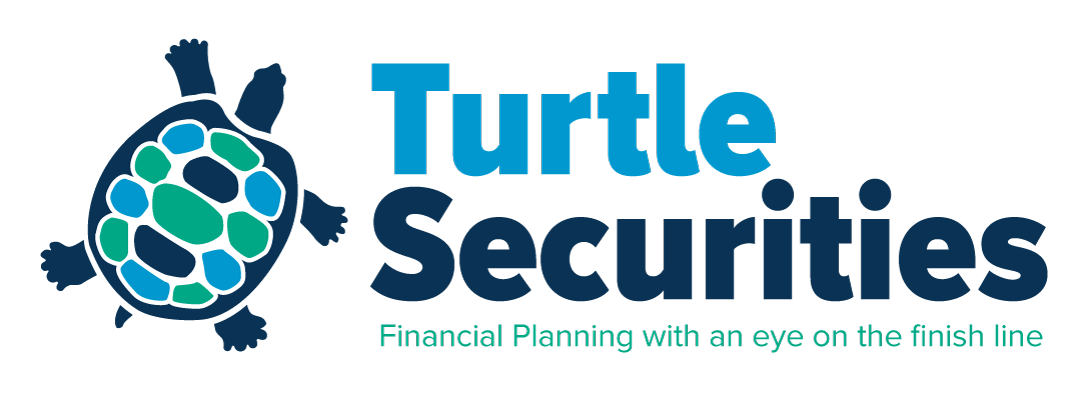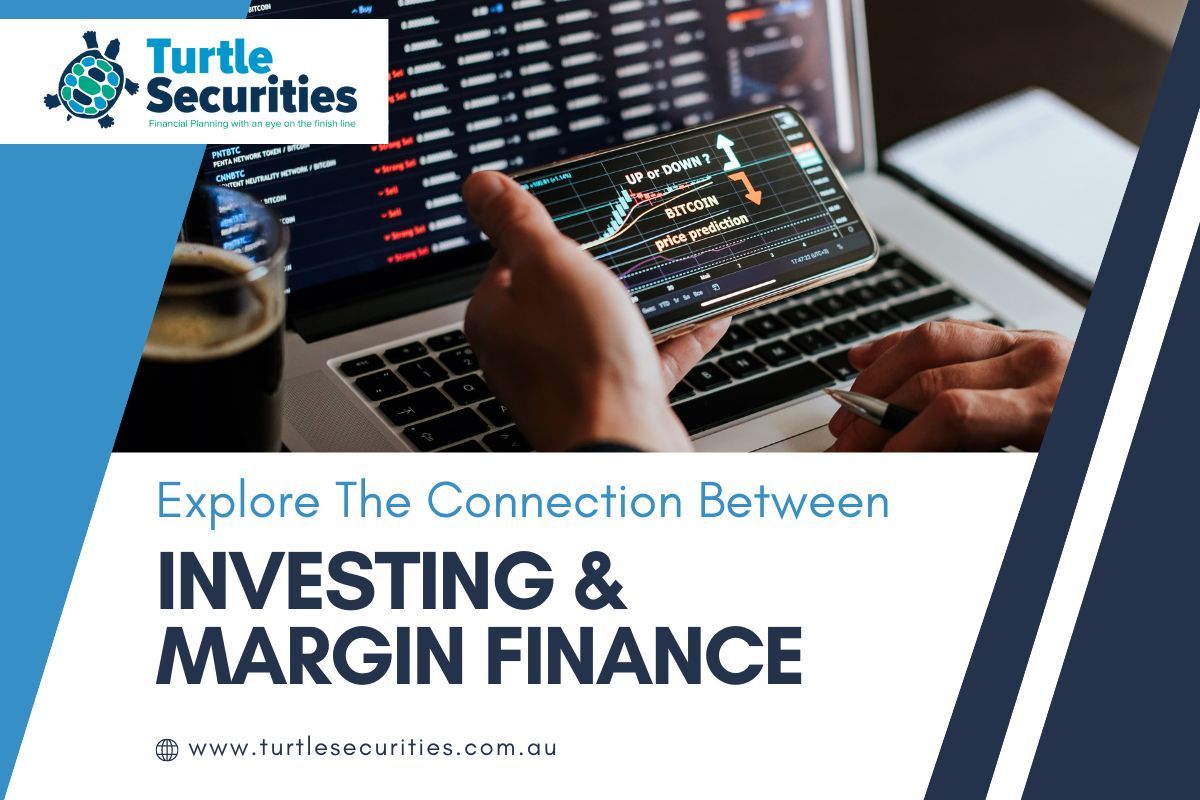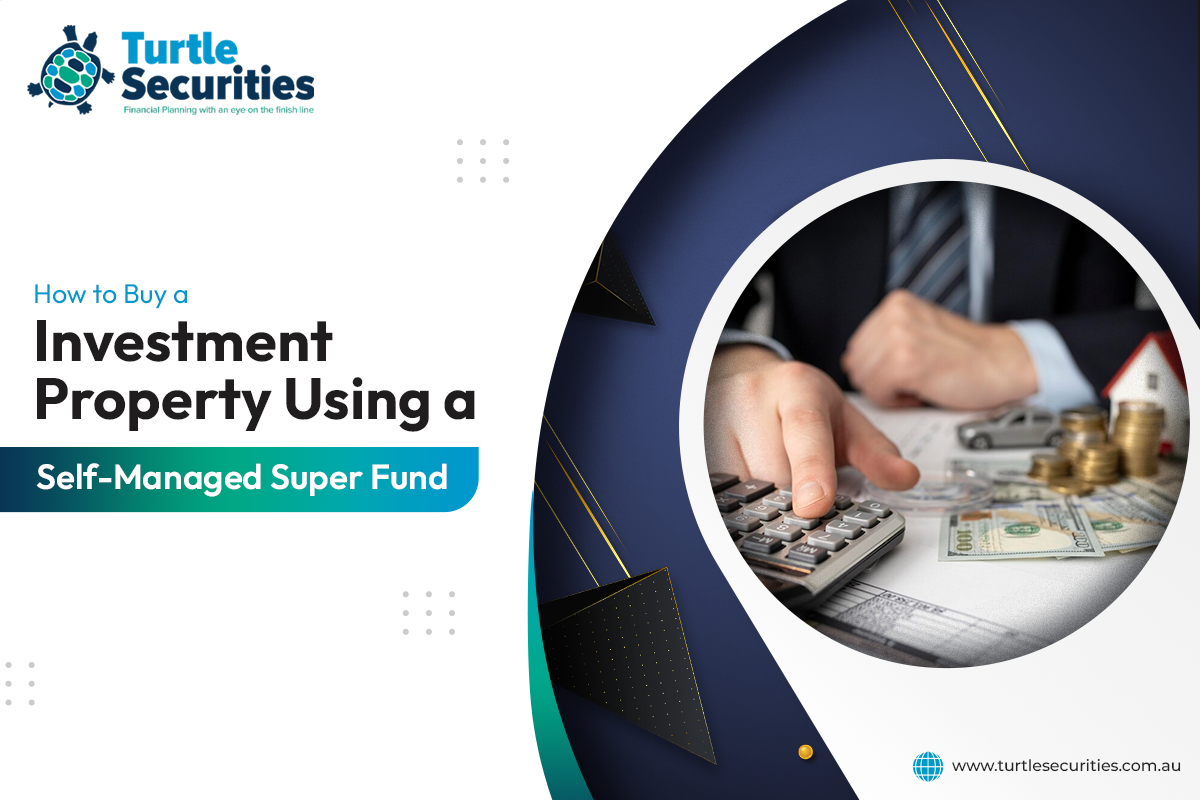Blog

We all lead busy lives. Between work, family and social commitments it can be hard to see things from a broad perspective. Whatever stage you’re at in life, whether you’re saving for your first home, wanting to reduce your debt or provide for the lifestyle you want in retirement, we’ll work with you to build a financial solution to help you achieve your goals. As your life changes, we’ll be there to help you remain on track. ABOUT FIDUCIAN At Fiducian Financial Services, our aim is to help you achieve your financial goals and lifestyle aspirations. We work with you to provide a plan that will create, manage and protect your wealth over the long term. All Fiducian financial advisers are fully qualified, licensed and authorised to act under the Fiducian Financial Services AFS license issued by the Australian Securities and Investments Commission (ASIC). The Fiducian difference lies in our financial advisers’ ability to form lasting relationships with their clients based on integrity, trust and expertise. PROFESSIONAL & EXPERIENCED Chris is a Senior Financial Adviser with more than 20 years’ experience providing holistic financial advice. He adopts a comprehensive approach to financial planning, encompassing debt management, retirement and pre-retirement planning, superannuation including Self-Managed Super Funds and pensions, insurance, wealth accumulation strategies, and tax planning. His highest academic qualification is Master of Financial Planning. Chris also holds the following professional designations: • CERTIFIED FINANCIAL PLANNER® professional (CFP®) • SMSF Specialist Adviser™ (SSA®) • Accredited Behavioural Finance Professional SM (ABFP®) • Chartered Retirement Planning Counsellor SM (CRPC®) • Accredited Aged Care Professional™ QUALITY FINANCIAL ADVICE • Wealth creation • Financial security • Retirement planning • Wealth coaching • Aged care • Estate planning • Wealth protection

The importance of a good investment strategy. Every SMSF needs an investment strategy. However, sometimes, we focus more on the legal compliance obligation rather than building a strategy with meaning, purpose and accountability to improve the fund’s outcomes. Setting up and maintaining an SMSF investment strategy essentially serves two purposes. The first is primarily a legal compliance obligation to avoid penalty. The other is about drafting an investment plan with real goals to maximise outcomes of the SMSF. The focus is often investment meeting the compliance obligations in accordance with the Superannuation Industry (Supervision) Act 1993 (SIS Act) rather than the actual effectiveness of the investment plan. A good SMSF investment strategy might have the following goals: • A contribution goal: “Besides the superannuation guarantee obligation, contribute $10,000 concessional contributions per annum for the next 10 years to age 60. • A return goal: “We need a return 7% per annum net over the next 10 years to meet capital goals at age 60.” • A passive income goal: “The cash account should maintain a balance of $80,000pa to meet pension payments for the next 12 month.” • A pension goal: “To draw down $80,000 pa payable fortnightly to meet retirement income needs until age 85.” • A capital goal: “Accumulate $1 million over the next 10 years to age 60.” Rather than thinking about investment strategies as a compliance obligation, they should be used as a blueprint for the fund’s goals and objectives. Remember the fund’s investment strategy is the cornerstone of a fund’s success or failure, so it is important to build a strategy with meaning, purpose and accountability to improve the fund’s probability of meeting its goals.

In the ever-evolving landscape of personal finance, one aspect that often flies under the radar is superannuation. This fundamental financial tool plays a crucial role in securing your future, yet it remains one of the most overlooked aspects of financial planning. In this comprehensive guide, we'll shed light on what superannuation is, why it's indispensable, and provide expert advice tailored for the residents of Dubbo, NSW. Understanding Superannuation Superannuation is a prolonged savings strategy created to finance your retirement. It's a financial arrangement in which a percentage of your income is set aside into a superannuation fund, accumulating over the course of your working life. This nest egg is then invested to grow your wealth, ensuring you have a comfortable retirement. The Importance of Superannuation Superannuation is not just a savings account; it's a financial safety net for your retirement. By contributing to your super fund regularly, you're essentially creating a pool of funds that will sustain you when you decide to step back from the workforce. The power of compounding returns over time can significantly boost your retirement savings, providing financial security during your golden years. Choosing the Right Superfund Selecting the right superannuation fund is a critical decision that directly impacts your financial future. With numerous options available, it's essential to consider factors such as fees, investment performance, and the fund's reputation. For Dubbo, NSW residents seeking expert retirement planning solutions, it's advisable to consult with local financial professionals who understand the unique challenges and opportunities specific to the area. Dubbo, NSW Superannuation Advice: Why Choose a Local Australian Company? When it comes specifically to superannuation advice for Dubbo, NSW residents, opting for a local Australian company can offer distinct advantages. A local provider understands the economic landscape of Dubbo and can tailor advice to align with the region's specific retirement planning needs. Expert retirement planning in Dubbo, NSW is not a one-size-fits-all solution, and a local company can provide personalized guidance based on local market conditions and potential investment opportunities. Which Superfund is Best for You? The best superannuation fund for you depends on various factors, including your financial goals, risk tolerance, and investment preferences. While industry funds, retail funds, and self-managed super funds (SMSFs) each have their advantages, seeking professional advice ensures you choose a fund aligned with your unique circumstances. Explore the possibilities with expert retirement planning solutions in Dubbo, NSW to make informed decisions about your superannuation fund. Underrated Superannuation Advice You're Not Taking Regularly Review Your Superannuation Strategy : Life changes, and so should your superannuation strategy. Regularly assess your financial goals, contributions, and investment options to ensure your super fund aligns with your evolving needs. Consolidate Multiple Super Accounts : If you've changed jobs, chances are you might have multiple super accounts. Consolidating them can simplify management, reduce fees, and potentially boost your overall returns. Consider Salary Sacrifice : Explore the benefits of salary sacrifice to boost your super contributions. This tax-effective strategy can maximize your retirement savings over time. Final Words Superannuation is a cornerstone of financial planning and Dubbo, NSW residents can benefit from expert advice tailored to their local context. By understanding the importance of superannuation, choosing the right fund, and heeding underrated advice, you're taking proactive steps toward securing a financially stable retirement. For p ersonalized retirement planning solutions in Dubbo , consult with local experts to navigate the path to a prosperous retirement.

With the potential for frailty (on average) to span 20% of our retirement years, we need a plan. We need to think ahead. Decide what is important. While this may sound grim, it is not all bad. Having a plan can set you up to have choices and more control so you can maintain as much independence as possible. If frailty creeps up and you have not planned ahead, you might find yourself herded down a path based on the bias and the goals (no matter how well-intentioned) of the person who first says “I can help”. A plan gives you time to consider your preferred choices and be prepared. This may allow you to: · Ensure your home is modified and ready to continue living there. · Take away some of the stress and uncertainty from your family. · And most importantly, have the finances ready to pay for the support you need to ensure not only quality of care, but also quality of lifestyle. But not everything always goes our way or how we planned. This is why planning is important. Contact us today on 0487 181 676 to make an appointment to discuss your current or future aged care needs.

Many people fear the prospect of moving into residential aged care. So when the kids say "come live with us" they may jump at the chance to stay in a family home. But the family relationships can break down and granny flat arrangements may cause more problems than they solve. The message is to jump with eyes wide open, and with a realistic view of family dynamics. If you want to start exploring options to access support in your frailty years, call us on 0487 181 676 to make an appointment.

Australia's population is ageing, which is good news for enjoying longer lives. But quality of lifestyle in our older years may rely on access to quality of care. And as our population ages, pressure on funding and resources is likely to increase. This is starting to focus discussions and reforms on who pays for care — Government or consumers. Make this year, the year you start to plan for all of your future years. Ask us about aged care and let us help you plan ahead. Call us on 0487 181 676 to make an appointment.





